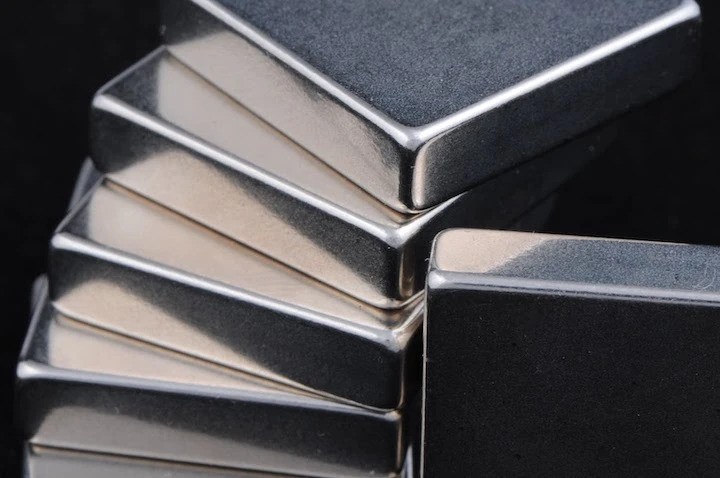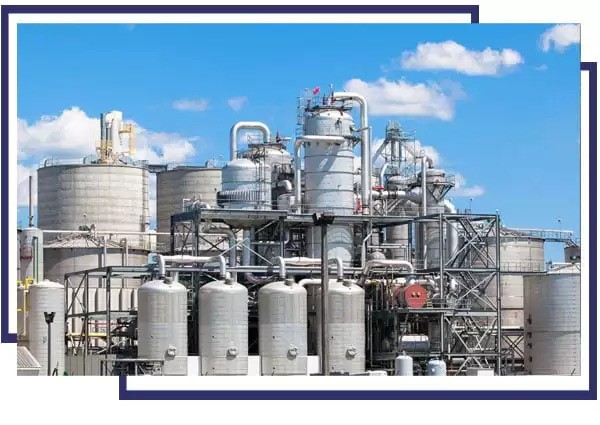





Phone
+86-731-82250427
Address
25th floor, C3 Building, Wanda Plaza, Kaifu District, Changsha, Hunan Province, China.
 May 24 2023
May 24 2023Many people are wondering why stainless steel does not rust or is difficult to rust? The essence of "rust" is corrosion or rust. The discoloration or corrosion caused by the chemical or electrochemical interaction between the surface of steel and the oxygen, moisture, acid, alkali, salt and other substances in the atmosphere is called rust. The material produced on the surface is "rust" which is iron oxide.
Why stainless steel is not easy to rust is related to the addition of more than 12.5% chromium in the matrix. In the oxidative corruption and inability to corrode medium, chromium can quickly form a dense passivation film on the steel surface to prevent the metal matrix from being damaged. When the chromium content is above 12.5%, a dense and stable passivation film is formed, the anti-rust performance undergoes a leap-forward consolidation, and the rust resistance ability is greatly enhanced. This is why the chromium content in the stainless steel is 12%. The reasons above.
Stainless steel, as its name implies, is stainless steel. Here, "stainless" is relative, not absolute relative to carbon steel. Stainless steel is not easy to rust, but it is not absolutely not rusty, but in the same conditions and environment, it is less likely to be corroded and rusted than carbon steel.
When adding chromium to stainless steel, adding proper amount of alloying elements such as Ni, Mo, V, etc., the anti-rust performance is stronger. Therefore, in terms of anti-rust performance, austenitic stainless steel is stronger than martensitic stainless steel. Secondly, the corrosion resistance level of stainless steel is also related to the carbon content, chromium content, and surface treatment state. As the carbon content of stainless steel increases, the anti-rust performance decreases, and the anti-rust performance of 3Cr13 is lower than that of 2Cr13. As the content of steel increases, the anti-rust performance increases. The surface treatment method and state also affect the rust prevention ability. The chrome-plated surface of the knife and scissors, electrolytic polishing, mirror polishing, abrasive belt, and manual polishing have successively decreased anti-rust performance.
Stainless steel does not rust because there is chromium in the composition. When the composition of chromium is more than 12%, a passivation film will be formed on the surface of the stainless steel. This passivation film can isolate oxygen and avoid iron and oxygen in the stainless steel composition. Corroded by contact.
The passive film of stainless steel has three characteristics. One is that the thickness of the passive film is very thin, only a few microns; the second is that the specific gravity of the passive film is greater than that of the substrate; the third is that the chromium concentration of the passive film is more than three times higher than that of the substrate. These three characteristics determine that the passivation film is thin, dense, and highly anti-corrosive, so the passivation film has high corrosion resistance.
The application environment of stainless steel is very complicated, and the complete corrosion resistance effect cannot be achieved by relying solely on the passivation film. Therefore, molybdenum (Mo), copper (Cu), nitrogen (N) and other elements must be added to the stainless steel to improve the passivation film. Formed to further improve corrosion resistance.
In addition, the corrosion resistance of stainless steel is relative. Under certain conditions, the corrosion resistance of stainless steel will be destroyed. Therefore, stainless steel is not absolutely rust-free. This point must be clear.
Ronsco has 25 years experience in stainless steel products manufacture and supplier in China, is an integrated supplier of stainless steel products focus on engineering projects over 25 years.
